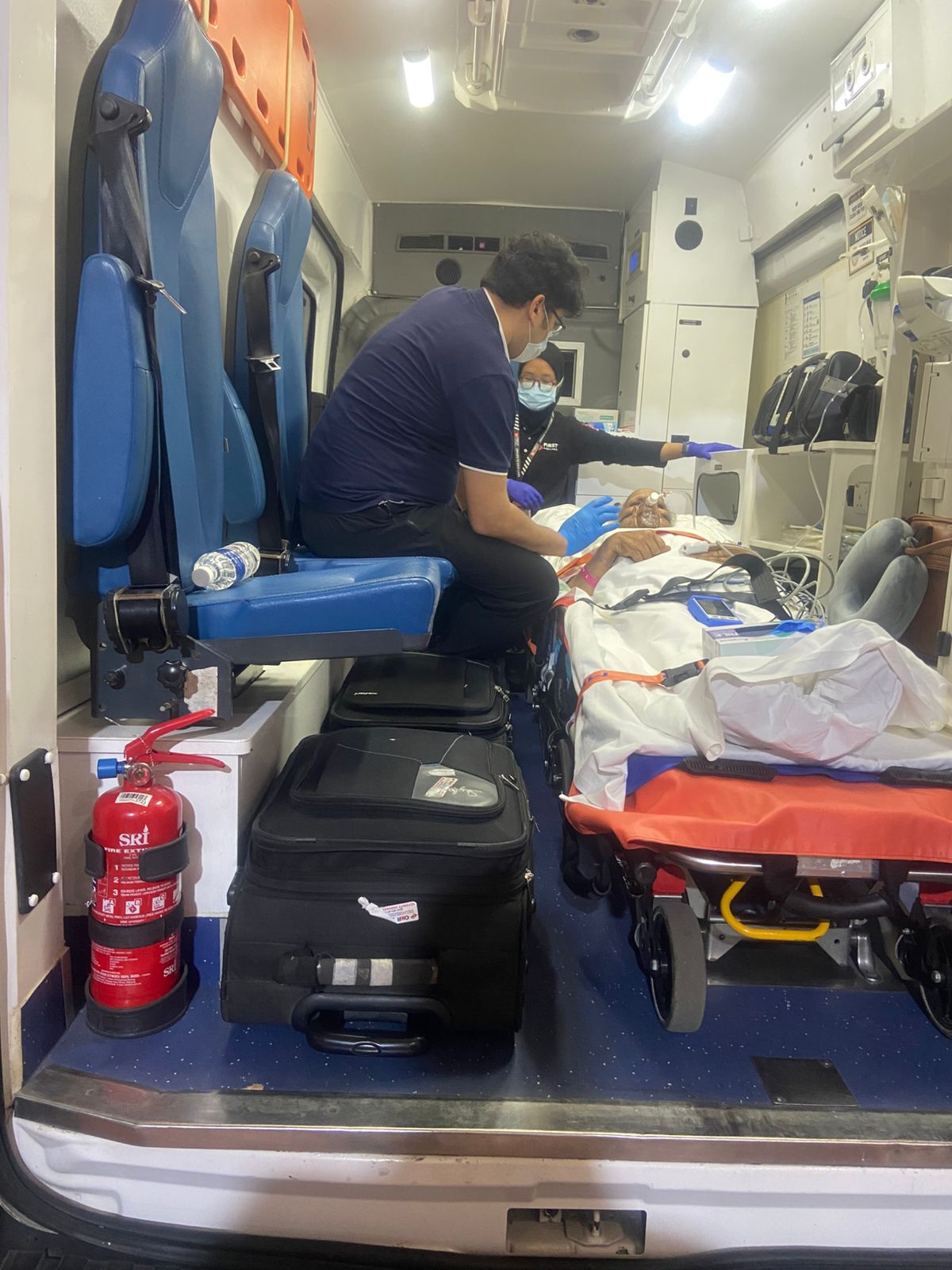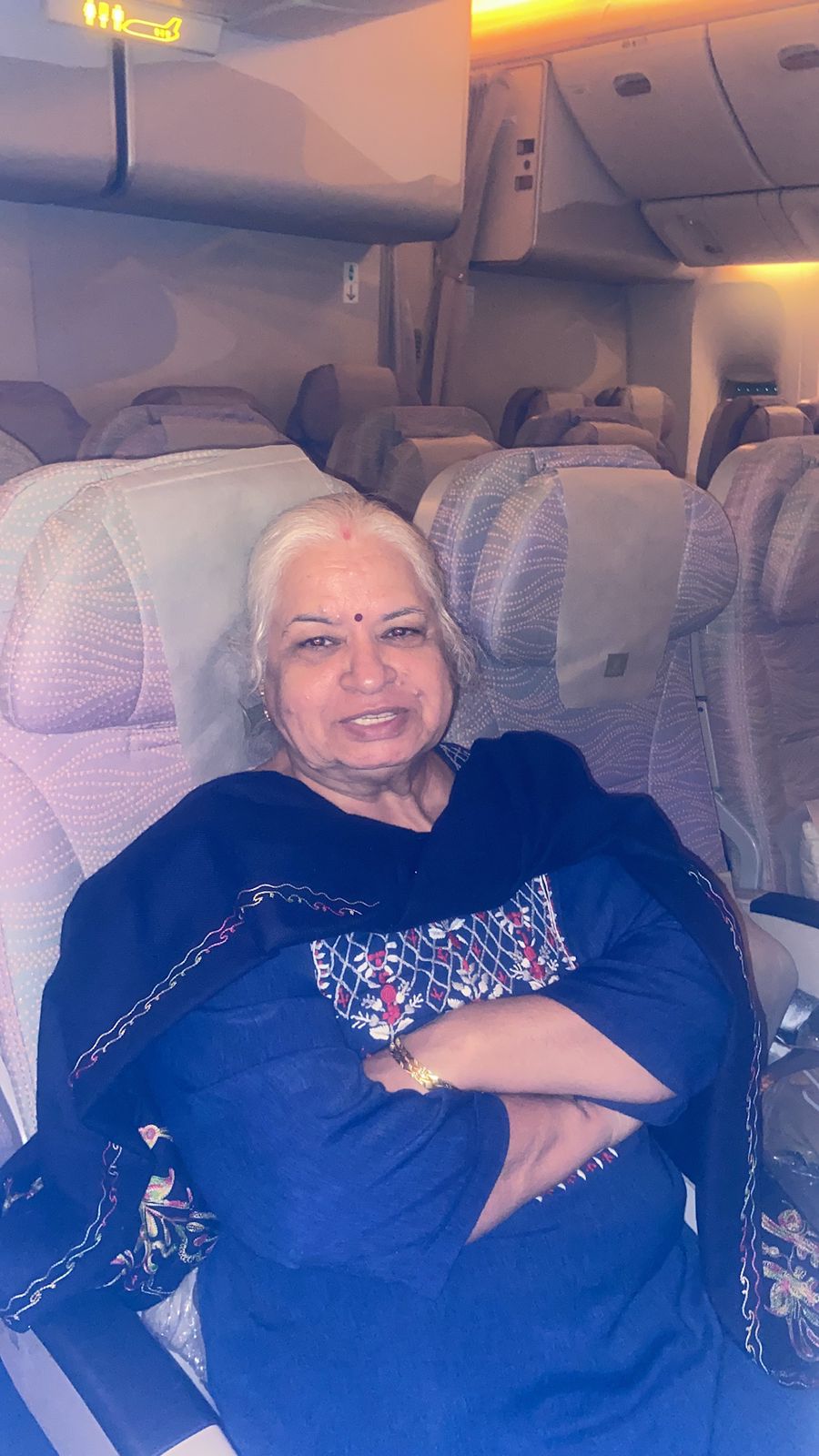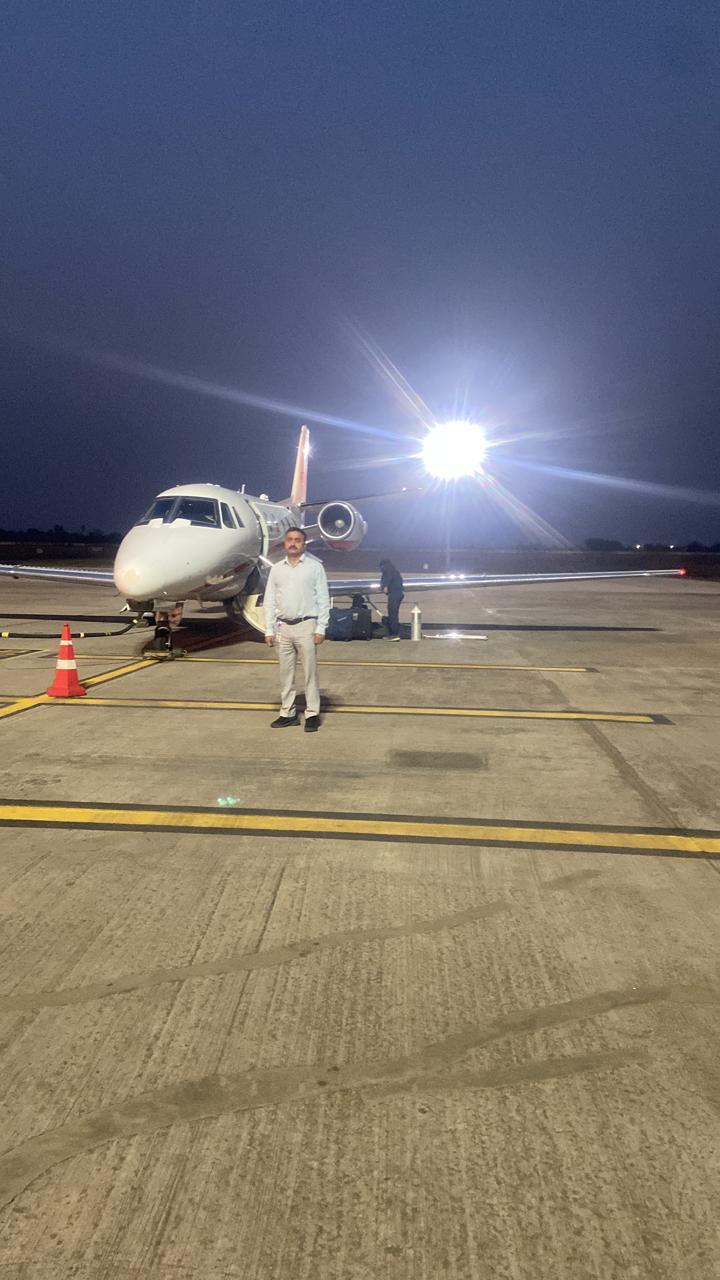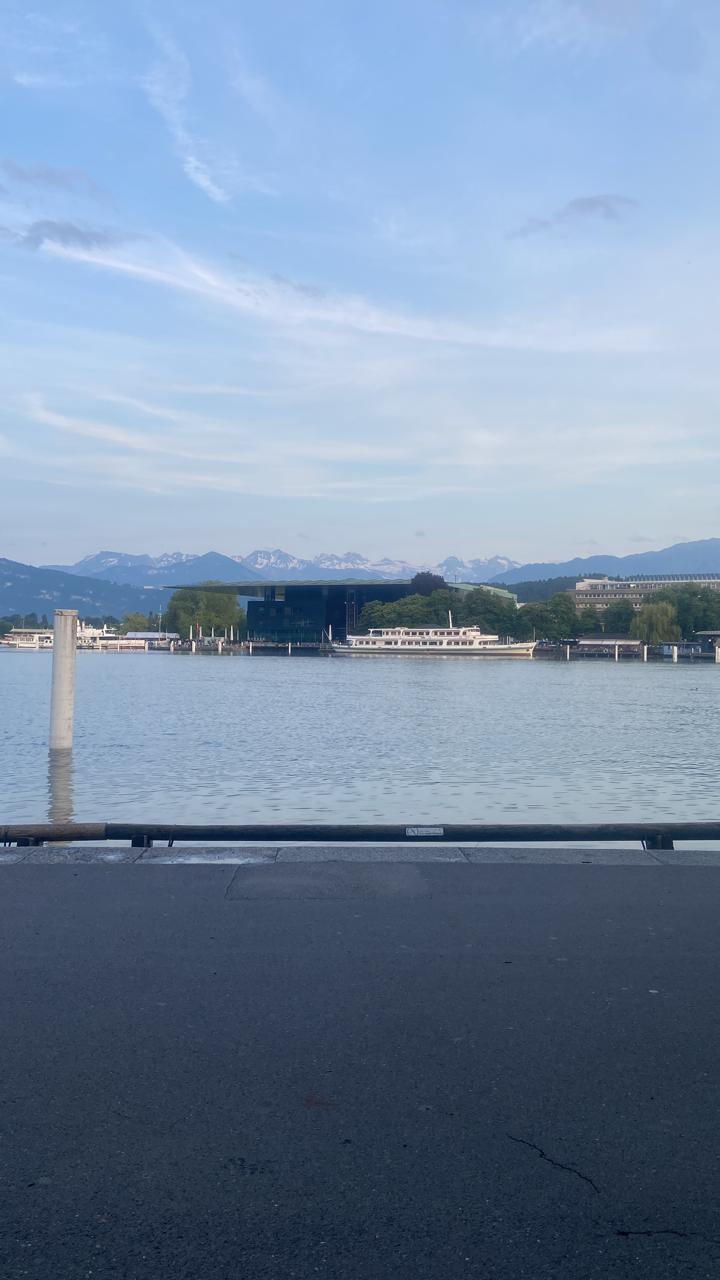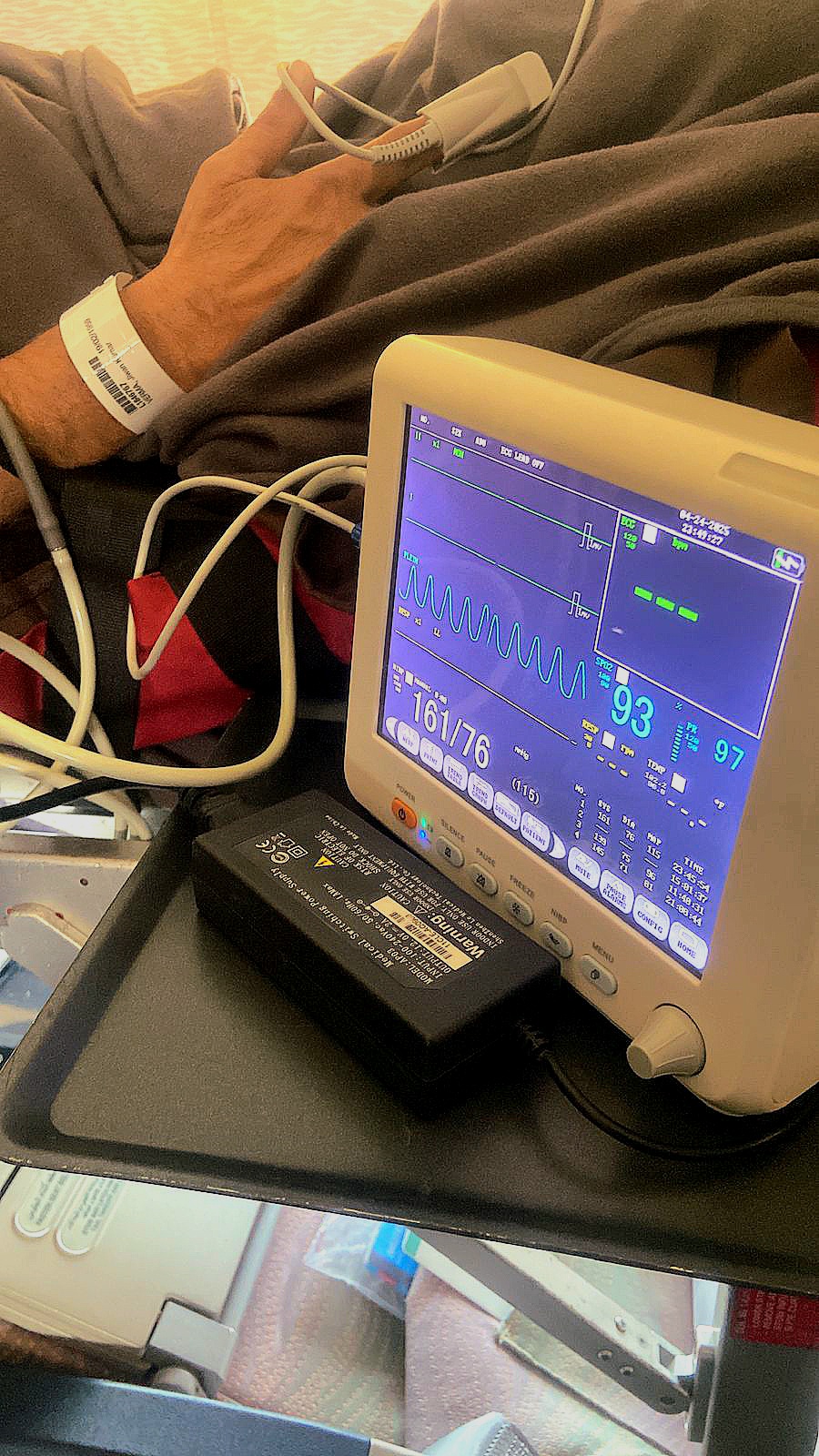By Dr. Ashok, Medical Escort Lead
In the heart of Kuala Lumpur, Malaysia, a 58-year-old male patient was admitted to the General Hospital with a severe case of COVID-19. His condition rapidly deteriorated, leading to respiratory distress and a dependency on supplemental oxygen. Over the next ten days, under intensive care and following established COVID-19 protocols, he began to recover. However, the aftermath of the virus left him with significant pulmonary fibrosis, resulting in persistent oxygen dependency.
Recognizing the need for specialized care, the decision was made to transport him back to Delhi, India. This journey would not only span thousands of kilometers but also encompass a multitude of medical, logistical, and emotional challenges.
1. Pre-Departure Preparation
Understanding the psychological fragility of post-COVID patients, our medical escort team arrived 12 hours before departure. This extended interaction was crucial to build trust, alleviate fears, and familiarize the patient with the upcoming journey. We discussed every detail—from the appearance and dimensions of the stretcher to the layout of the aircraft and the roles of the medical team. Transparency about the process, including check-ins, immigration procedures, and customs declarations, was emphasized to reduce anxiety and prevent potential spikes in heart rate or oxygen demand.
2. Oxygen Management During Transit
Given the patient’s reliance on 4-5 liters of oxygen per minute at rest, meticulous planning was essential. We ensured an oxygen supply that was double the estimated requirement, accounting for potential fluctuations during position changes. For instance, transitioning the patient from a supine to a semi-recumbent position could cause a temporary dip in oxygen saturation. To mitigate this, we employed both nasal prongs and a face mask simultaneously, providing a dual oxygen source to stabilize levels during repositioning.

3. Stretcher Setup and Positioning
The airline was coordinated with to ensure the stretcher base was adjustable, allowing the patient to be positioned at a 30-45 degree incline—a posture that had proven most comfortable for him. Upon arrival at the airport, the patient was transferred from the ground ambulance to a high-lift vehicle, maintaining this optimal position. This continuity was maintained throughout the journey, ensuring minimal discomfort and stable oxygen levels.
4. Oxygen Supply During Air Travel
Air travel poses unique challenges due to reduced atmospheric pressure, which can exacerbate hypoxia. To address this, we calculated the total oxygen demand for the flight duration, factoring in the patient’s baseline needs and potential increases during altitude changes. Backup oxygen sources were arranged, including portable concentrators and additional cylinders, to ensure an uninterrupted supply. The aircraft’s cabin pressure was also considered, as lower pressure can reduce the partial pressure of oxygen, necessitating higher flow rates to maintain adequate saturation levels.
5. In-Flight Monitoring and Support
Throughout the flight, the medical team continuously monitored the patient’s vital signs, adjusting oxygen delivery as needed. The use of advanced life support equipment ensured that any fluctuations in heart rate, blood pressure, or oxygen saturation were promptly addressed. The patient’s comfort and safety were our top priorities, with the medical escort providing constant reassurance and support.
6. Arrival and Post-Arrival Care
Upon landing in Delhi, the patient was transferred to a waiting ambulance equipped with sufficient oxygen supply. The medical escort accompanied him to the hospital, ensuring continuity of care and addressing any immediate concerns. The journey, though long and arduous, concluded successfully, thanks to meticulous planning, expert coordination, and compassionate care.

This case underscores the complexities involved in transporting post-COVID patients with pulmonary complications. It highlights the importance of thorough preparation, the need for specialized equipment, and the critical role of a dedicated medical escort team. At Ashoka Rescue, we are committed to providing safe and efficient medical transport services, ensuring that every patient receives the highest standard of care, no matter the distance.
For more information on our services or to discuss a potential medical transport, please visit Ashoka Rescue Air Ambulance India or contact us directly at +91-9810364143.

